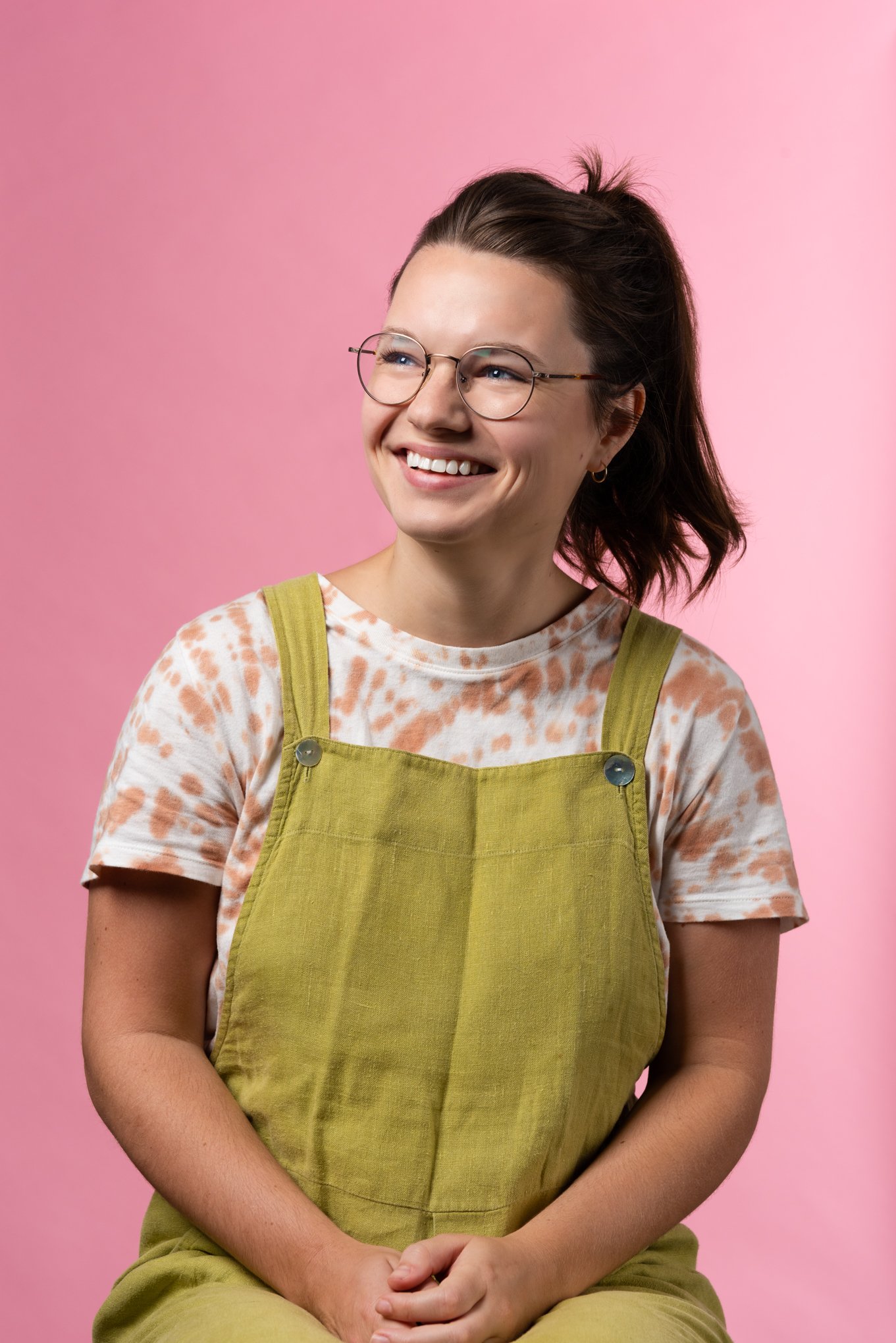6 Tips to Get Your Interior Photoshoot in Press
When you’re shooting interiors, it’s tempting to start with what you want to capture — the lighting, the styling, the composition. But the truth is, every great photoshoot begins with one thing: the pitch.
Before you set up a tripod or scout a room, you need to know who the story is for and what your client or publication hopes to communicate. This approach transforms your role from technician to storyteller — one who brings an editorial vision to life.
Rebecca Beckman, Photography Director, Magnolia Journal brings over a decade of experience in editorial journalism and styling to her role at Magnolia Journal. She has worked on shaping the visual voice of the publication and collaborates with designers and photographers to craft images that tell rich, layered stories.
“What stands out usually is kind of just short and sweet pitches with maybe your best image at the top of the email to kind of catch your eye.”
— Rebecca Beckman, Photo Director, Magnolia Journal
That same principle applies to how you plan a photoshoot — lead with the story, and let every creative decision support it.
1. Start with the Editorial or Client Goal
Before you plan the first shot, dig into who you’re shooting for and why.
Rebecca emphasized that knowing what a publication needs — and when — shapes how your shoot should be styled and timed:
“Maybe a pitch isn't getting traction right then as you're sending it because maybe the home is styled so summery, but who you're pitching to is currently working on a six-month, nine-month timeline... they're not thinking about summer. They're thinking about Christmas.”
This same awareness applies to client work: if your client is targeting fall press features, your shoot’s lighting, palette, and styling must reflect that season.
Workflow Tip:
Create a digital creative brief that links each client objective (press, portfolio, brand campaign) to your visual plan. Tools like Notion, ClickUp, or Airtable can automate this, keeping the “pitch-first” intent at the center of every task.
2. Build Your Creative Team Around the Story
Every image you create should support the narrative. That means hiring collaborators who understand editorial nuance — stylists who can balance realism and polish, and photographers who know how to tell a story through light.
Rebecca shared:
“Once you’ve got your story and you kind of know the angle of this, I think that can also inform your shot list in a way.”
She continued,
“If the homeowners are looking for a bigger place because they needed more room for their kids to run around — that means we need a shot of the backyard where the kids can be free.”
Your team’s creative direction, lighting decisions, and prop choices should trace back to that emotional anchor — the why behind the shoot.
3. Automate Scouting and Shot List Development
Once your story is approved, bring technology into the mix. Create a shared scouting database that links directly to your pitch narrative.
During the webinar, I noted how crucial a detailed shot list is:
“I’m starting to incorporate more — it’s almost stupid how detailed it can get — with my shot list guide, just to make sure that we have a spot for creative direction, marketing needs, the story itself, SEO, if we need to even get into that thorough of details.”
Automation Workflow Example:
Use a Google Sheet or Airtable template that automatically categorizes scouting images by room, light condition, and story angle.
Assign tags like hero, detail, press, or SEO crop.
As the project evolves, the system dynamically updates your final shot list, keeping the editorial vision intact.
4. Style for Timelessness (and Pitch Flexibility)
Styling can make or break your chances of publication. A space styled too specifically for one season or trend may lose versatility later.
Rebecca explained:
“Maybe you're using greenery instead of flowers... flowers just speak so spring or summer depending on what flower they are. But if you just have like Italian ruscus or branches you clip from outside, that feels way more timeless and can stretch across spring, summer, and fall.”
Think ahead: Neutral props, versatile color palettes, and soft natural light help your imagery fit multiple editorial contexts — a key advantage when pitching.
5. Use the Shot List as Your North Star
Even on set, your pitch should guide you. Every frame needs to tie back to that initial narrative promise.
As I shared during the session:
“That kind of a shot list guide is the Bible. Even on the Christmas shoot we were on, there was one angle where the lighting made it feel more like Hobby Lobby. So we changed the whole setup because we went back to the shot list guide and said, ‘This is the direction we want to go.’”
That discipline is what keeps your visuals consistent, intentional, and aligned with the editorial pitch.
6. Post-Shoot: Deliver the Story You Promised
In post-production, your job is to bring that narrative to life. Cull images that best reinforce the message, label galleries according to story sections (hero, overview, detail), and prepare a delivery that editors or clients can visualize in context.
“Don’t be afraid to post your things out there and celebrate it.”
— Rebecca Beckman
Visibility leads to opportunity — and when your visuals tell a clear, story-driven narrative, they’ll speak directly to the editors and brands you’re trying to reach.
Pitch first — shoot second.
When you begin with your client’s goals or a publication’s narrative in mind, your photos become more than beautiful images. They become visual storytelling tools that move ideas, shape perception, and align with a bigger creative vision.
If you want to dive deeper into this topic, don’t miss our webinar replay featuring Rebecca Beckman, Photo Director for Magnolia Journal, where we unpack the editorial mindset behind powerful interior imagery.

